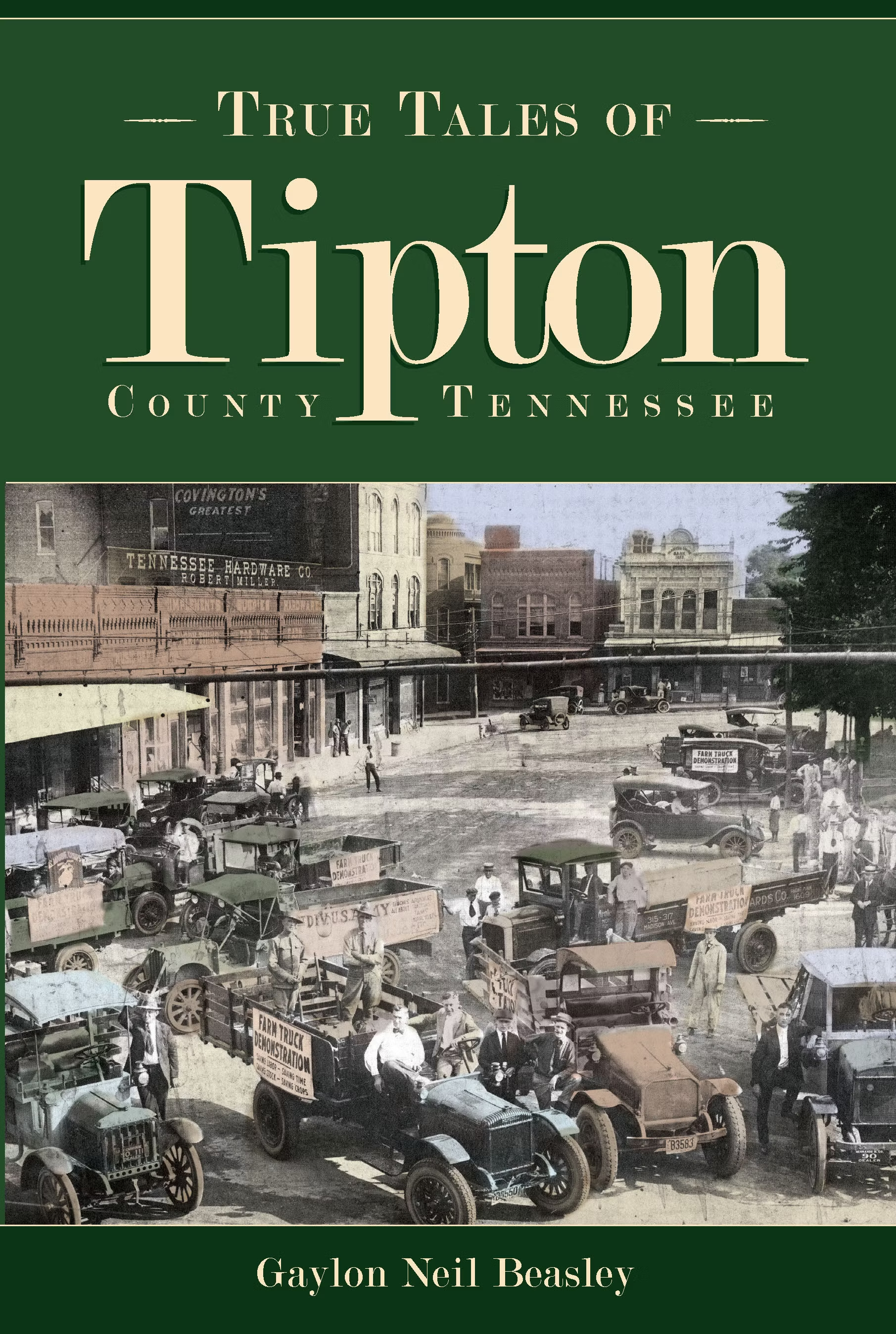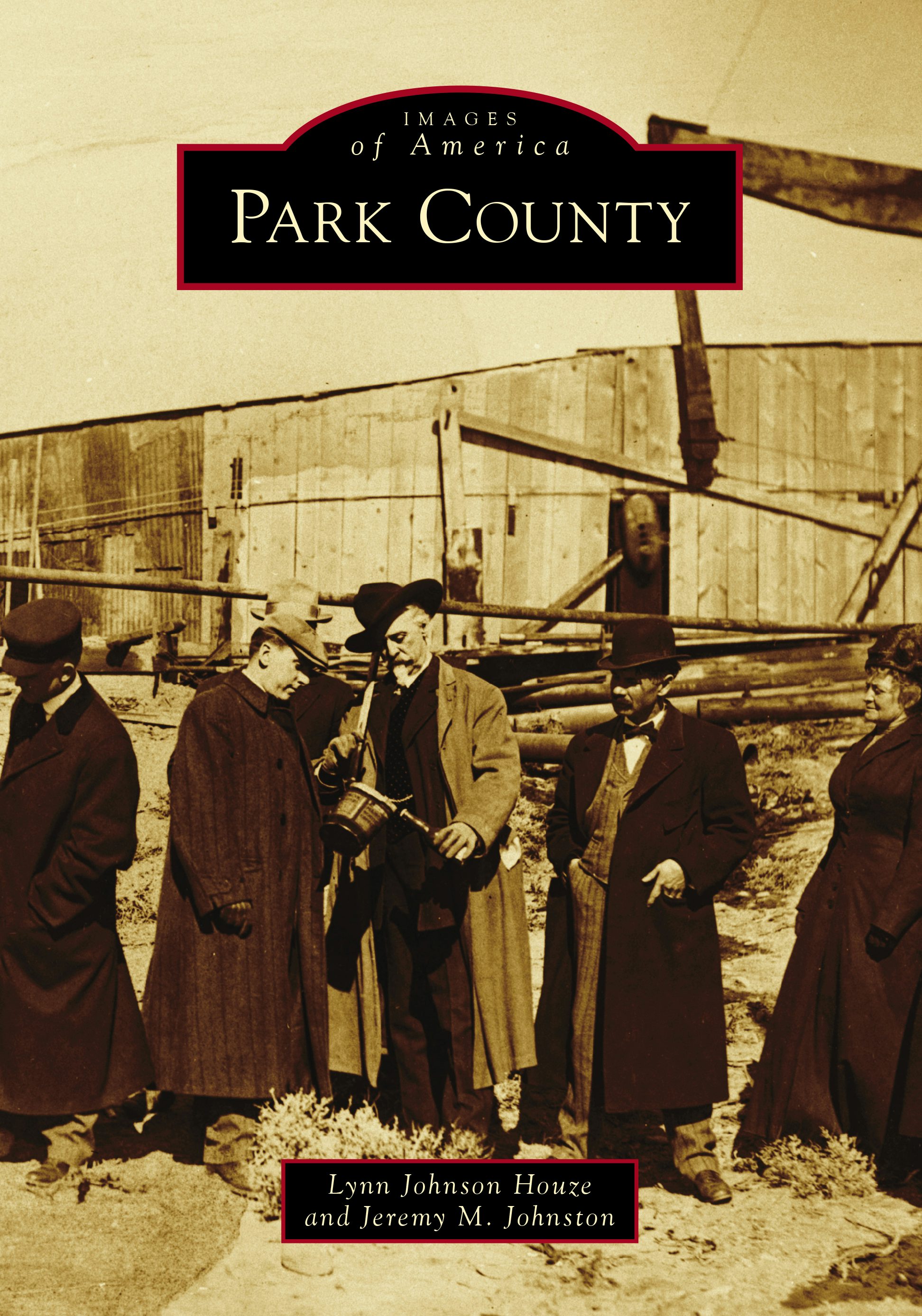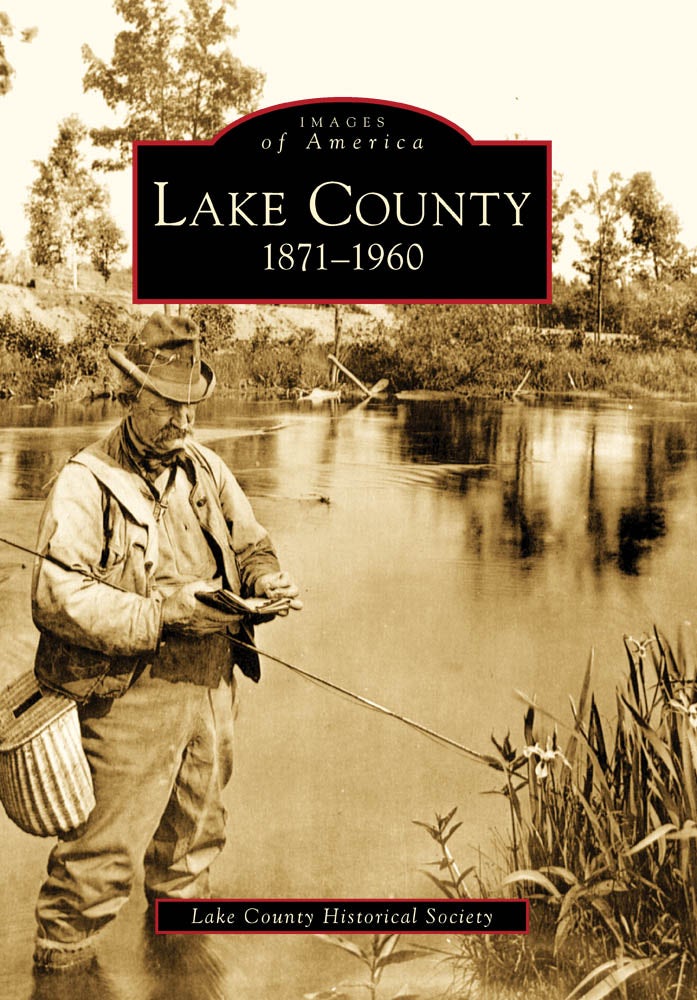
The year was 1844, and scores of pioneers from the eastern and southern areas of the United States were migrating to the nearly impenetrable virgin forests of Indiana's newly established Tipton County, named for two-term Indiana senator and revered warrior Gen. John Tipton.
Displacing all but a fraction of the Miamis who once dominated the bountiful Indiana Territory, the white settlers cleared the land, built homes, and farmed the rich soil. Soon, the expanding railroads arrived, ushering in a cultural and economic boon with jobs, innovation, and an end to the settlers' isola... Read More
The year was 1844, and scores of pioneers from the eastern and southern areas of the United States were migrating to the nearly impenetrable virgin forests of Indiana's newly established Tipton County, named for two-term Indiana senator and revered warrior Gen. John Tipton.
Displacing all but a fraction of the Miamis who once dominated the bountiful Indiana Territory, the white settlers cleared the land, built homes, and farmed the rich soil. Soon, the expanding railroads arrived, ushering in a cultural and economic boon with jobs, innovation, and an end to the settlers' isola... Read More






